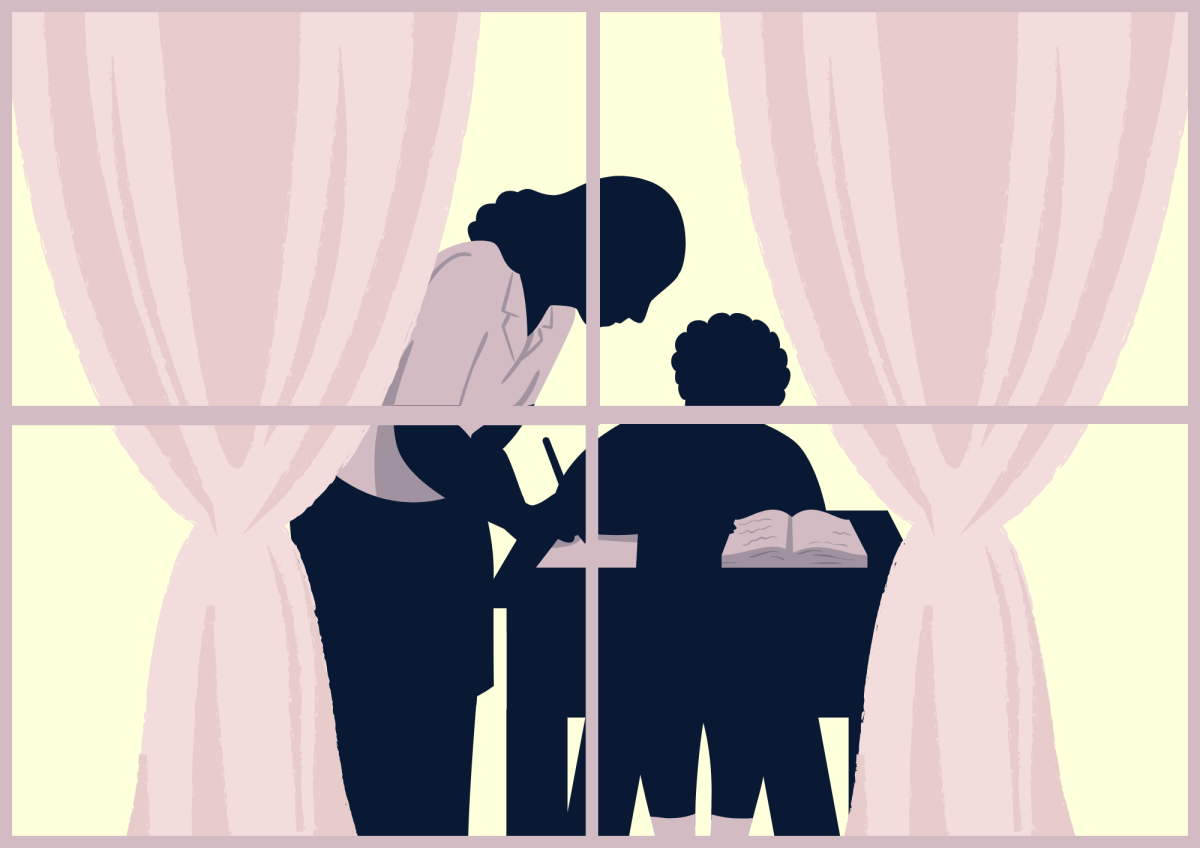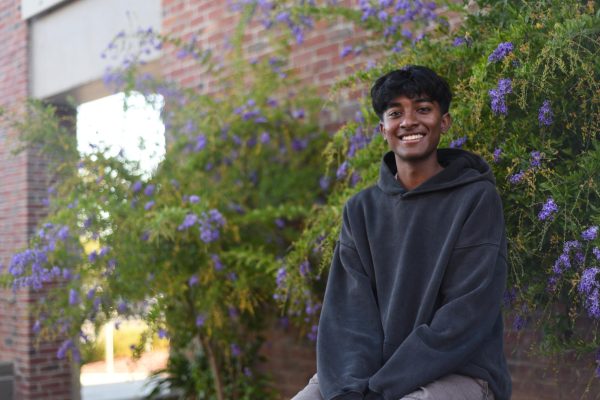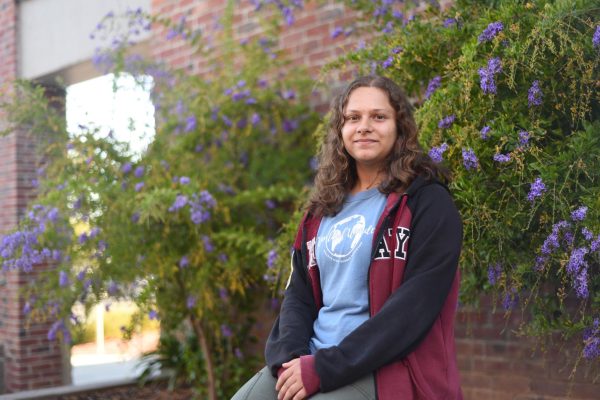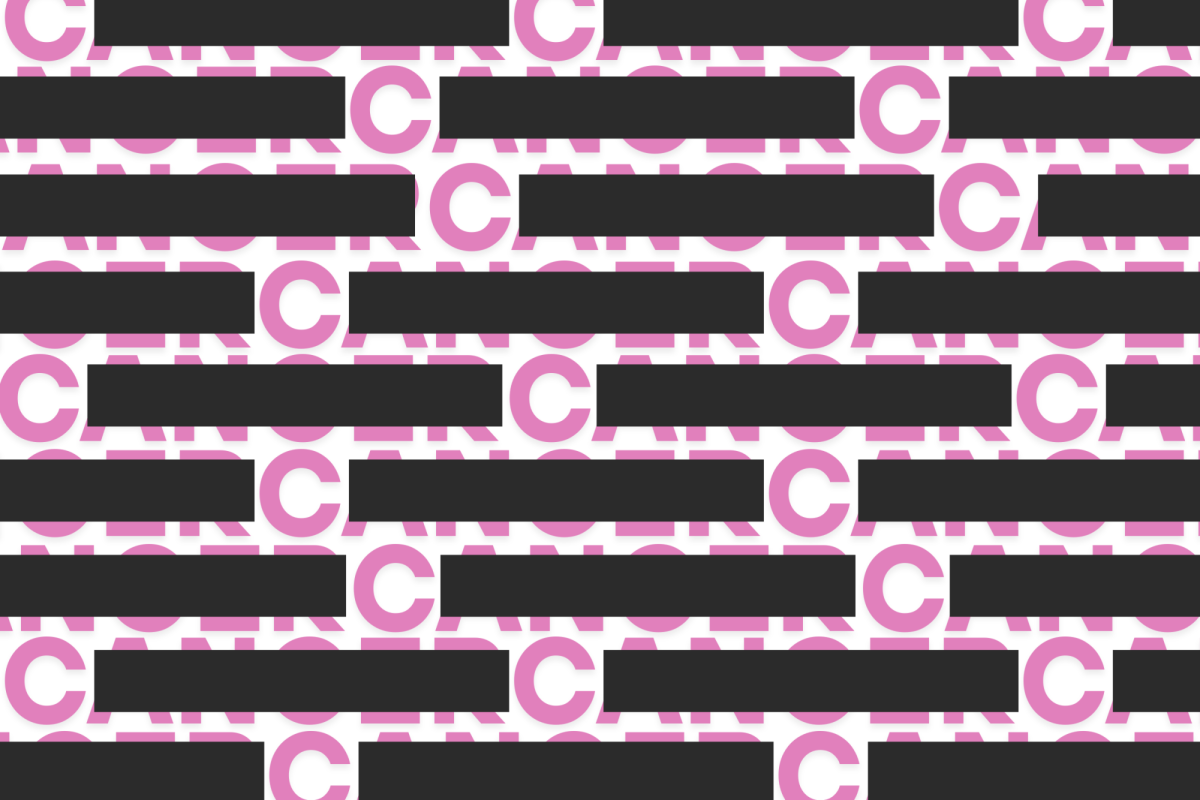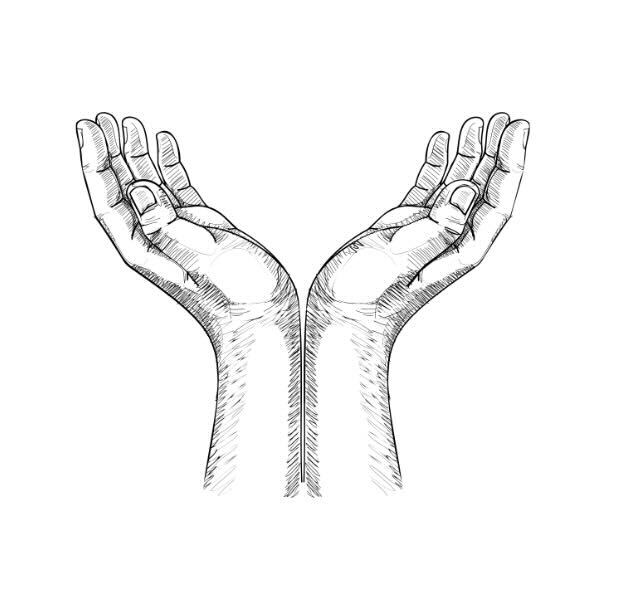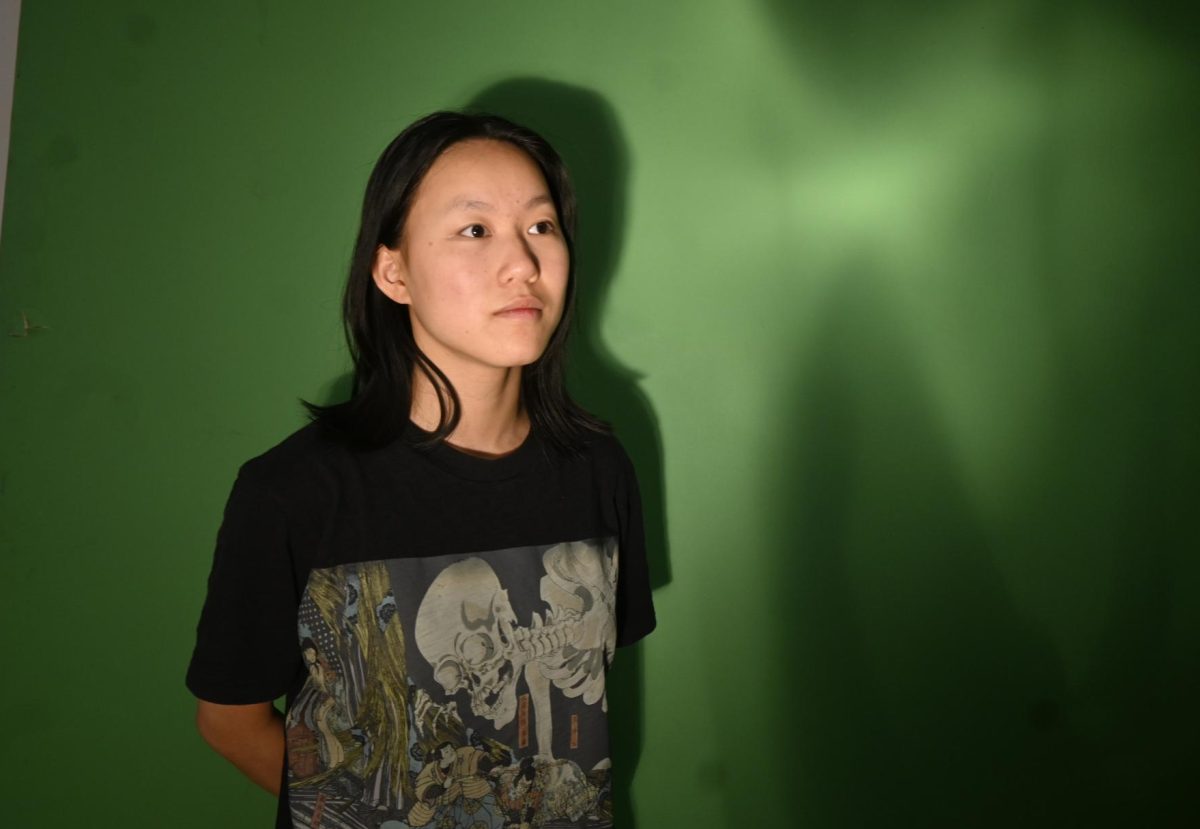Receiving a copy of the blue-and-yellow-bound “Born a Crime” by Trevor Noah on a typical weekday is a universal experience among freshmen in their second semester. However, just four years ago, ninth graders read “To Kill a Mockingbird” by Harper Lee instead. Looking even further back, some of the books teachers read in high school literature courses were different to the literature we consume today. These generational shifts reflect the changing values and priorities of MVHS’ English department.
One example of the current freshman Literature/Writing course curriculum, taught by teachers Sara Borelli and Doug Leresche, includes Benjamin Alire Sáenz’s “Aristotle and Dante Discover the Secrets of the Universe,” William Shakespeare’s “Othello,” Trevor Noah’s “Born a Crime” and Ray Bradbury’s “Fahrenheit 451.” The most recent change was four years ago when MVHS literature department decided to replace “To Kill a Mockingbird” with “Born A Crime” due to the former’s white savior narrative. Specifically, racist language and discrimination was used against Black characters in a context where white people “saved” or “protected” them, a white-apologist narrative and disempowering to Black people. This also motivated the novel to be banned by teachers and students across schools in California. Leresche says the main priority of such curriculum changes is to diversify the content that students are learning from to ensure certain groups’ perspectives aren’t diminished.
“I think ‘Born a Crime’ is a huge improvement from ‘To Kill a Mockingbird,’” Leresche said. “I also agree with the choice of ‘Aristotle and Dante Discover the Secrets of the Universe.’ I know the kids really like it, but I think we should have more Hispanic and Latinx voices or perhaps a book that goes into more depth on identity.”
Despite feeling that the literature curriculum could involve more Hispanic texts to effectively represent California’s community, Borelli adds that it is challenging to constantly make changes to diversify the curriculum due to budget limitations, which determine how many books can be ordered.

Cory Greene, an eighth grade literature teacher at Kennedy Middle School, explains how, unlike the constantly changing high school curriculum, the books he teaches have remained the same over the past five years, citing “The Outsiders” by S.E. Hinton and “Tuesdays with Morrie” by Mitch Albom as examples. He says that due to there being only two 8th grade literature teachers at KMS in total, who each choose different books to teach, the process for changing the literature curriculum is more straightforward since he doesn’t need to agree with other teachers on the book.
Variety in literature curriculum choice is especially visible across generations. When Borelli was in high school, she recalls reading “Scarlet Letter,” “The Great Gatsby,” “Invisible Man” and “Death of a Salesman,” while Leresche, who studied in Zimbabwe, grew up with other additional texts such as “Things Fall Apart” and “Man of the People.” Despite some of the texts covering similar topics such as colonialism, over time there has been a shift toward including more perspectives from a variety of authors.
“Because you are seeing things that are happening within your own generation or the generation of your parents, and how it has evolved and changed, varying novels definitely adds to students’ perspectives,” Borelli said. “From when I was in high school to now there has been an emphasis on bringing up social issues in the literary classroom because a lot of our books are tied into social issues, and specifically, the changes and the aspects that are happening in society.”
In order to emphasize specific social issues, Borelli and Leresche both indicate short stories as a way to help bridge the gap between current events and general social issues while circumventing budget issues for class sets of novels. Leresche also follows cultural heritage months as topics that will be emphasized; for example, last month during Black History Month, his classes read African American authors and experiences.

“Literature is an opportunity for a teacher to cover a lot of social issues,” Leresche said. “I don’t think all teachers take advantage of that opportunity, and some like me use that opportunity as much as they can because you learn a lot about yourself and your culture and the world from reading and learning about other people. For example, we’re reading ‘Night’ right now and horrible things are happening to people. And if you go on the news, you can read quotes by a group of people who are now doing something similar to another group of people and history is repeating itself, so I think all of that’s really important to shine a light on and discuss and admit what happens and recognize. Books and stories are a really great way to do it.”
Greene echoes Borelli’s point about relevance, and values real-world application in choosing books for the curriculum, especially for eighth graders whom he describes as more sensitive around taboo topics and with whom books must fight phones for their attention.
“If there’s no value in it for students, then I’m not going to waste their time with it,” Greene said. “But on the flip side of that, if there is value in it, and if you are going to need to do it in your life, then we’re going to do it. And so we establish trust. I hope that way, that students know that if we’re doing it in my class, then there’s a reason for it.”




